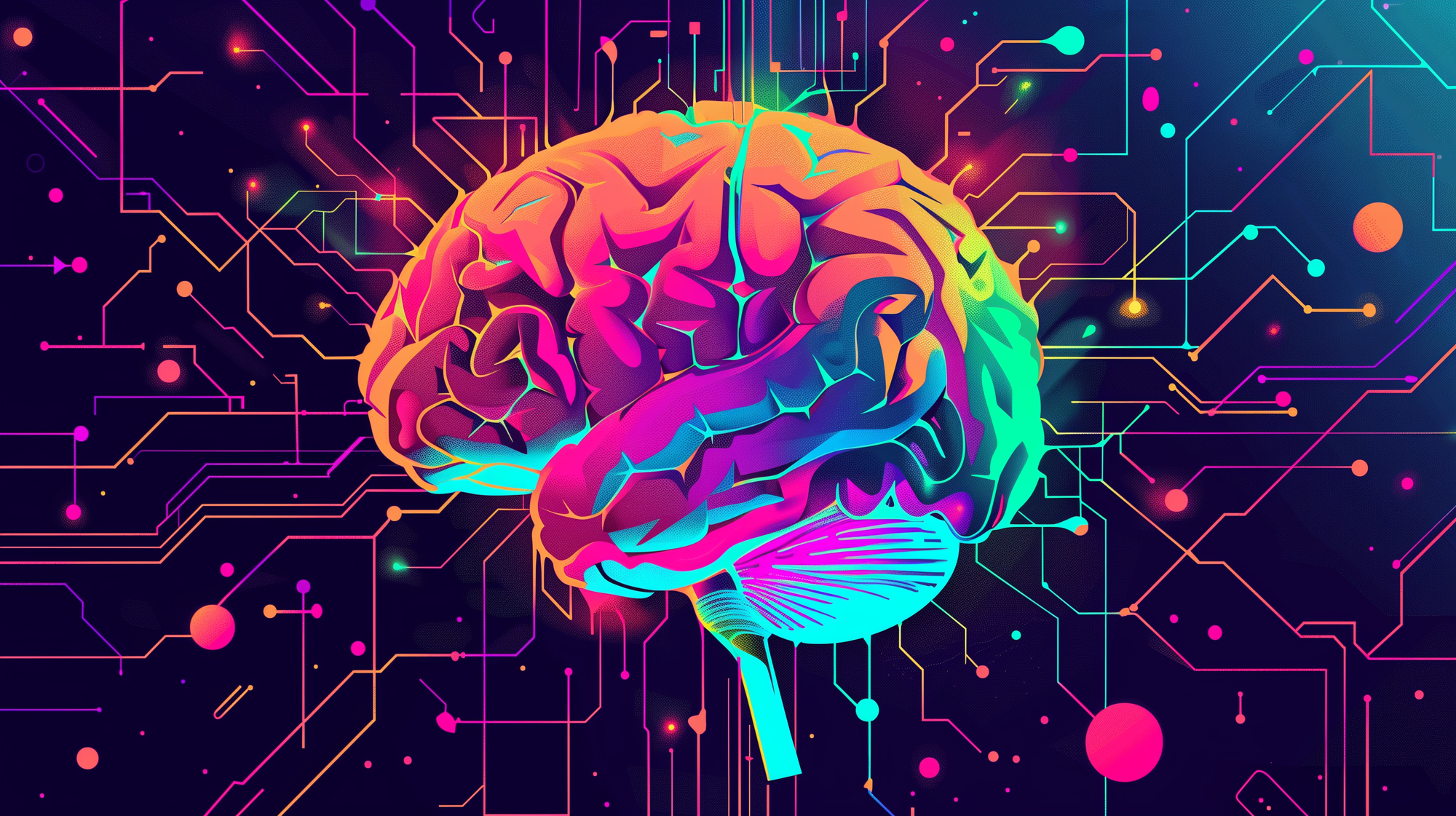Neuralink: Bridging Minds and Machines

In the realm of cutting-edge technology, Neuralink stands at the forefront, pushing the boundaries of what's possible in brain-computer interfaces. The company's recent updates on their first human patient's progress have sent ripples through the scientific community and beyond. Let's dive into the fascinating world of Neuralink and explore the implications of this groundbreaking technology.
Telepathy: More Than Just Mind Reading
Neuralink's first product, aptly named "Telepathy," aims to revolutionize how we interact with digital devices. Imagine controlling your computer or phone with just your thoughts. For individuals with paralysis, this could be a game-changer, offering a level of independence previously thought impossible.
But Neuralink's ambitions don't stop there. The long-term vision includes bridging damaged neurons in the brain or spine, potentially restoring limb functionality to those who have lost it. Even more astounding is the "Blind Side" product, which could help completely blind individuals see again using implant technologies.
The Science Behind the Magic
At its core, Neuralink's technology capitalizes on the brain's electrical nature. The implant, wireless and inductively charged, is remarkably compact - similar in size to a small piece of removed skull. Initial human testing has shown promising results, with users successfully controlling computers at competitive levels in games like Civilization and Chess.
The precision of electrode placement is crucial, with the team constantly working to optimize insertion techniques and minimize air pockets between the brain and implant. This attention to detail leads to better performance and signal quality.
Beyond Medical Applications
While the immediate focus is on helping those with medical needs, the potential applications of Neuralink's technology are vast. From enhancing gaming experiences to revolutionizing how we navigate digital interfaces, the possibilities seem endless. There's even talk of future cybernetic enhancements offering superhuman capabilities.
Challenges and Ethical Considerations
As with any groundbreaking technology, Neuralink faces its share of challenges. Ensuring high bandwidth, low maintenance, and practical interaction with digital devices are ongoing concerns. The team is also focused on making the implant as user-friendly as possible, aiming for a future where external help isn't needed for tasks like charging.
Moreover, the ethical implications of merging human and digital intelligence raise important questions about privacy, identity, and the very nature of what it means to be human.
The Road Ahead
Neuralink's journey is just beginning. With plans for improved versions featuring double battery life and enhanced electrode precision, the technology is evolving rapidly. The team's approach includes ensuring upgrades similar to iPhone models, maintaining state-of-the-art functionality.
How will Neuralink's brain-device interfaces shape our future? Will they redefine the boundaries between human and machine? And what new possibilities will emerge as this technology continues to advance?
The answers to these questions are yet to be fully realized, but one thing is certain - the future of brain-computer interfaces is here, and it's more exciting than we ever imagined.
